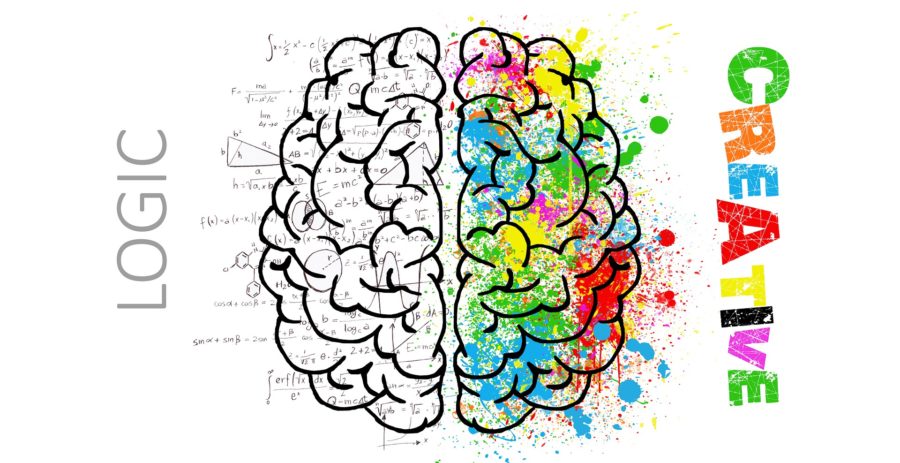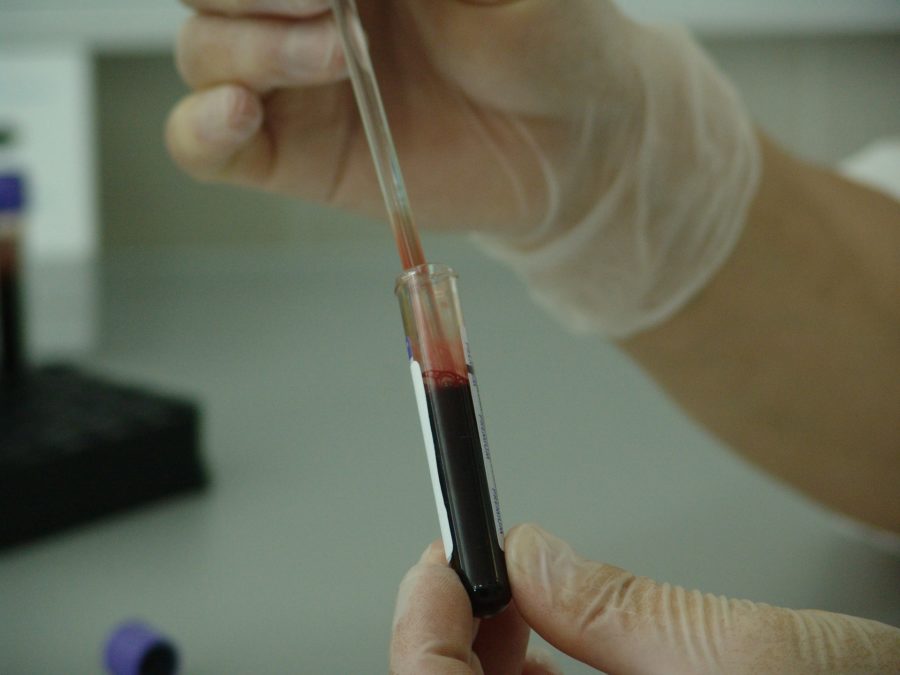
From eyeglasses to contacts to Lasik, the world is constantly looking for ways to improve our vision. Several researchers have a new method involving electrical currents to do just that.
In the latest issue of Current Biology, a scientific journal covering all areas of biology, researchers from Vanderbilt University published an article detailing their work with the visual cortex.
Geoff Woodman, an associate professor of psychology, co-authored the study alongside lead author Robert Reinhart, who is an incoming professor at Boston University. Reinhart worked on this research as a Ph.D. student while at Vanderbilt University.
A total of 20 young people were used in the experience. Each test subject was in good health and had perfect vision or nearly perfect vision. The subjects were given a test that was different from the normal test used to measure vision.
Researchers asked the subjects to look at two vertical lines, which were identical, and report on their position. The subjects were also asked to determine if they thought the lines were aligned or offset.
After the visual activity of the subjects had been measured, the researchers ran a mild electrical current though the part of the brain that processes visual information. After 20 minutes of the electrical current, the subjects were given the same visual test again.
Roughly 75 percent of the subjects had improved vision after the electrical currents. The effect lasted for about two hours.
Researchers said they performed variations of the experiment in which they would change variables such as the intensity, direction and placement of the electrical current.
In their third experiment, they discovered it was vital that the electrodes be positioned over the visual processing center. If they were not, the vision of the subjects would not be altered.
Experiments were also performed to determine what effect the stimulus would have on contrast sensitivity, which is the ability to differentiate between several shades of grey. It was found that the contrast sensitivity only improved when frequencies similar to those that improved visual activity were used, which told researchers that it was the subjects’ visual activity that was being altered by the stimulation.
After all of the experiments were conducted using the vision test involving the pair of lines, the researchers tested subjects on a standard eye chart to see if their findings translated into the real-world.
The vision of the subjects was improved by about one to two letters, according to Reinhart.
“Now we have a new tool that could be valuable for researchers investigating fundamental questions about how the visual system works,” Reinhart said.
As for the why behind the improved vision, Reinhart had a few explanations. First, the more popular belief is that the current is allowing the neurons to transfer more rapidly, therefore improving the visual signals. However, Reinhart also believes that the stimulation may be putting white noise into the visual system itself, which would mute any extra information and allow the brain to receive visual information more efficiently.
Lastly, researchers stressed the importance of not trying this at home and that more research must be done in a clinical setting in order to assert the safety of the procedure.
Information compiled from Science Daily








